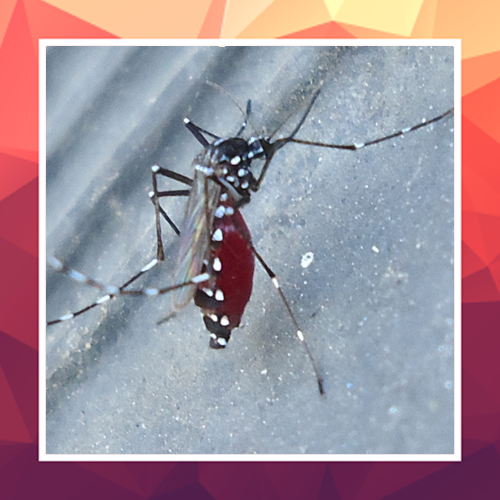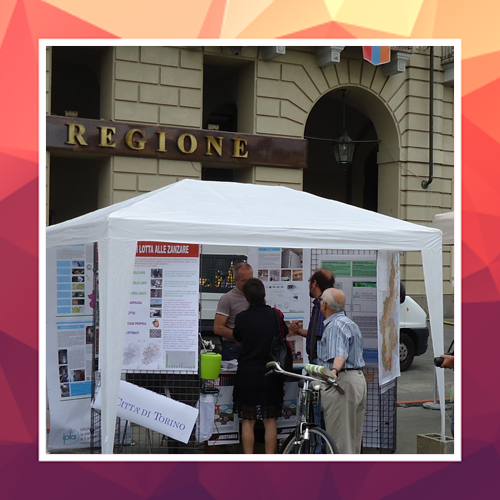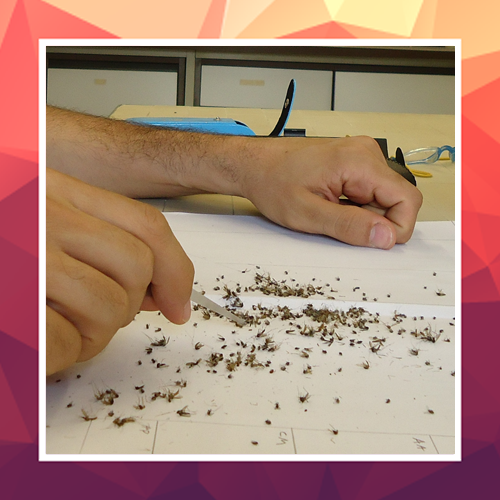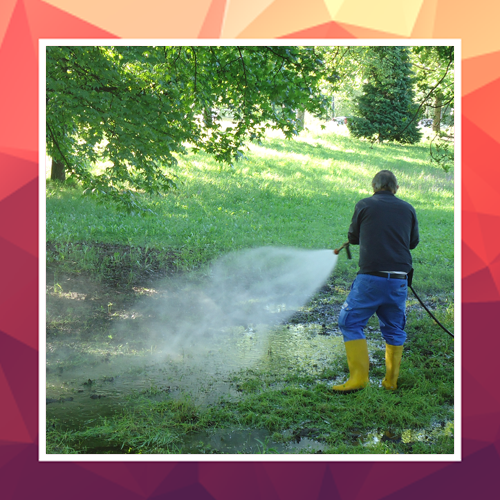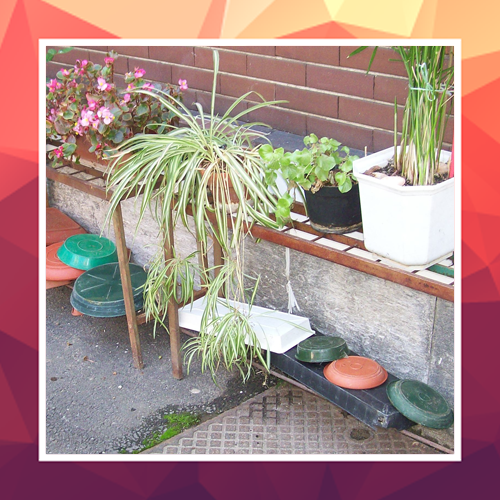Carbon dioxide-baited traps
These traps exploit the attractive power that carbon dioxide has on almost all mosquito species present in European fauna. They consist of a simple camping thermos and just before its use, a certain amount of dried ice is packed into it. Dry ice is nothing other than carbon dioxide in its solid state. At ambient temperatures and pressure, it has the property of sublimination, which is when a substance converts from a solid state to a gaseous state directly, without melting. There are small openings on the lower part of the thermos which allow the gaseous carbon dioxide to “flow” (it is heavier than air) and form a plume, which becomes increasingly more diluted as you move away from the trap. Mosquitoes perceive the different concentrations of carbon dioxide and are attracted to the area which has the highest concentration of the gas, which is right under the thermos. A suction fan is suitably fixed onto this area that is driven by a battery-powered electric motor; consequently, the mosquitoes end up getting caught in a small net. Once the collection period is over (usually from late afternoon to the following morning), the net is removed, closed, and then taken to the entomological laboratories for identification, counting, and morphological, genetic, or virological analyses.
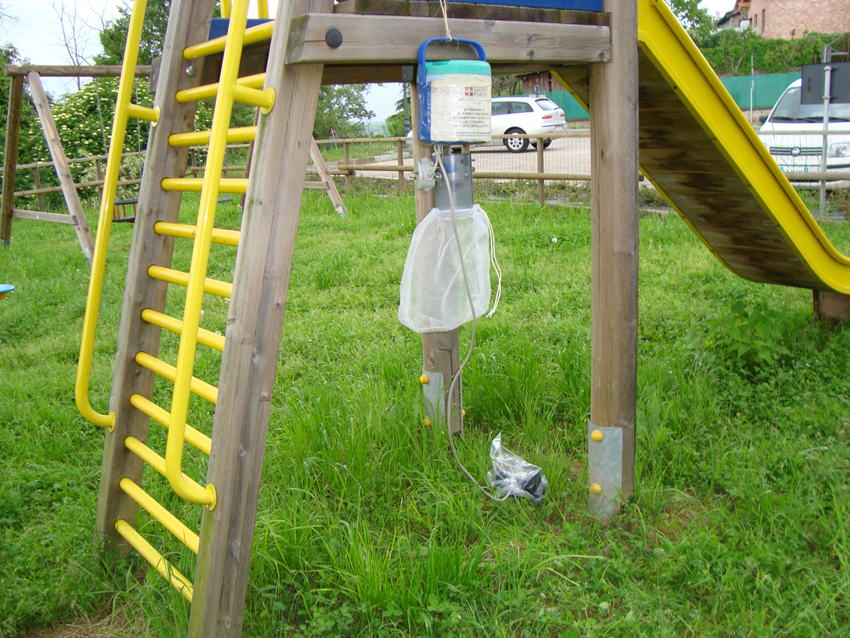
Every year in Piedmont, around 200 monitoring stations are activated weekly from May to September (some even in October) using this sampling method. Mosquitoes captured from about sixty of these traps are subjected to virological analysis according to a fortnightly calendar.
Last modified: Feb 2021

